Sylhet, July 8 (V7N) – The prevalence of Aedes mosquitoes in Sylhet is on the rise, with a significantly higher rate of dengue infections this year compared to last year. Health experts warn that the real outbreak is yet to come, with the highest surge likely during August and September if effective measures are not taken immediately.
According to entomologists, the current situation is just the beginning. Without prompt and effective action, this year’s dengue cases and deaths could surpass all previous records.
The Breteau Index (BI), which measures the density of Aedes larvae, indicates that any area with a BI above 20% is considered high-risk. This year, many areas across the country, including the capital, fall into this high-risk category.
A recent survey by the Institute of Epidemiology, Disease Control and Research (IEDCR) found that mosquito density in 72 wards of Dhaka’s two city corporations exceeds safe thresholds. Among them, seven wards under Dhaka South and six under Dhaka North have been identified as high-risk zones.
The survey identified cement water tanks as the most dangerous breeding grounds (BI: 22%), followed by stagnant water on floors (20%), plastic drums (13%), water meter chambers (11%), plastic buckets (10%), flower pots and pipe holes (7%), discarded tires (6%), indoor water channels (5%), and cemented plots (4%). Alarmingly, the highest larval density (58.88%) was found in multi-storey buildings.
Outside Dhaka, Sylhet, Jhenaidah, Magura, Patuakhali, and Pirojpur were also flagged for high Aedes mosquito presence.
In 2023, Bangladesh saw the deadliest dengue outbreak in its history, with 1,705 deaths and 321,179 hospitalizations. Between January and June of that year, there were 7,978 infections and 47 deaths.
By contrast, in 2024, 101,214 dengue cases and 575 deaths were recorded by June 27 — already surpassing the previous year’s mid-year data.
In the first half of 2025, up to June 30, 3,651 people have been infected, and 44 deaths have occurred due to dengue.
Experts urge immediate action to reduce breeding sources and strengthen public awareness campaigns before the expected seasonal peak.
END/MMS/SMA/



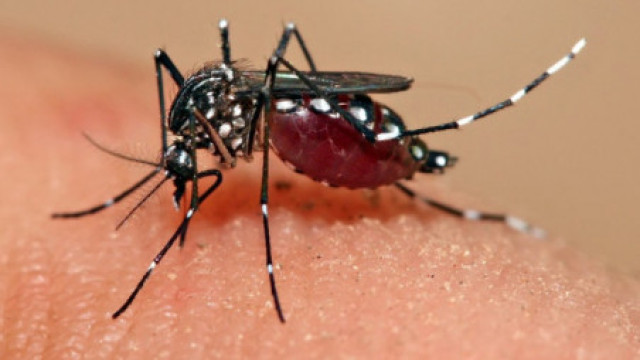
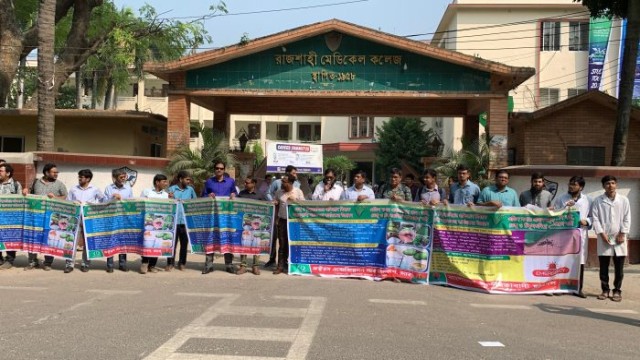
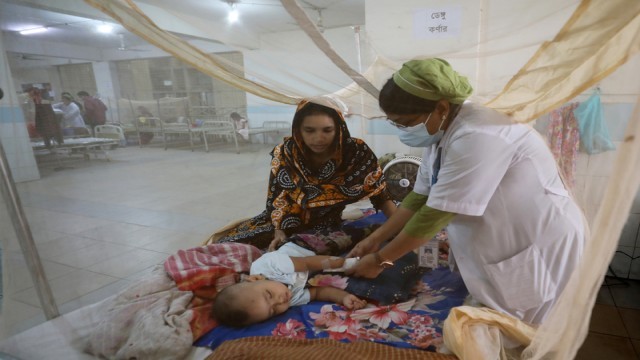
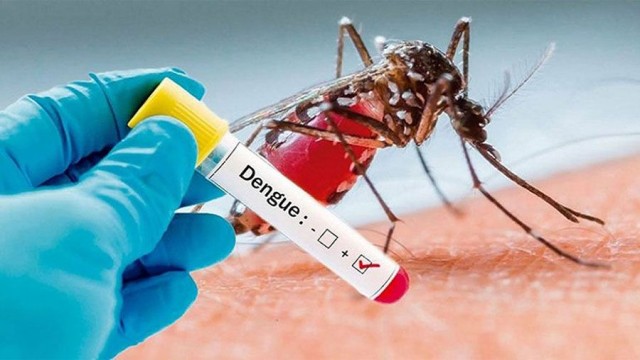
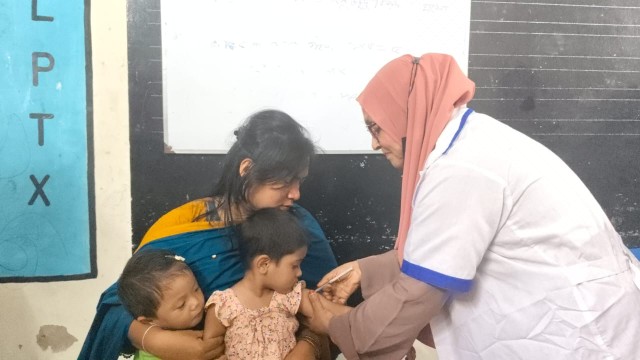

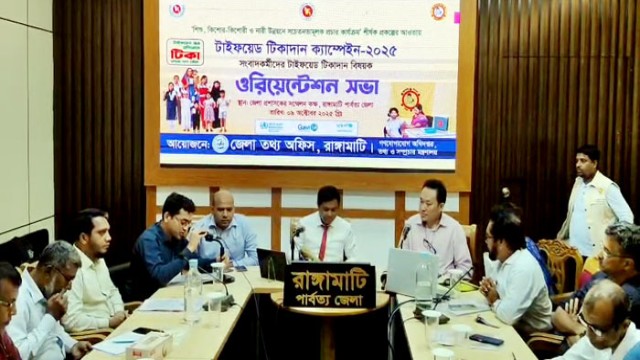
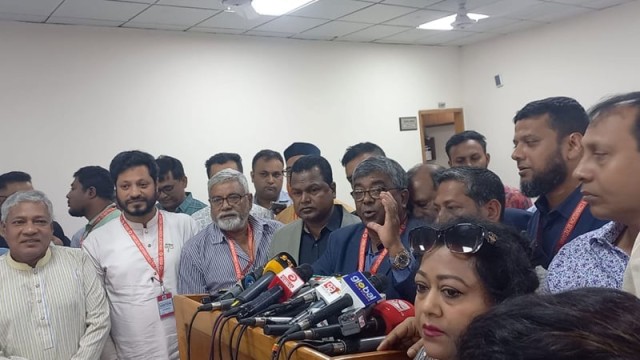
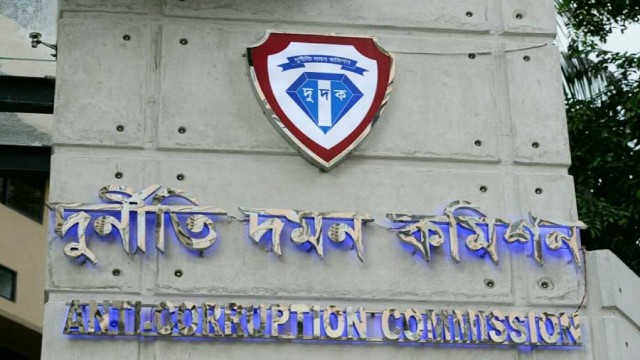


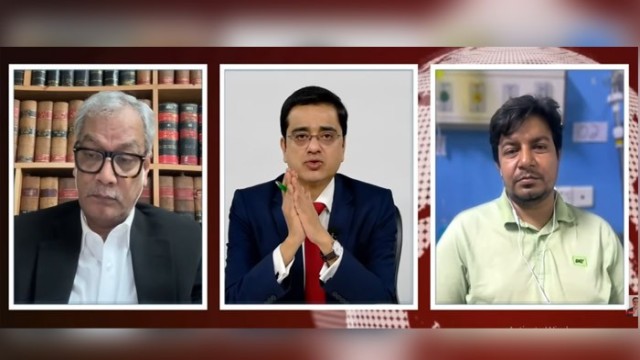


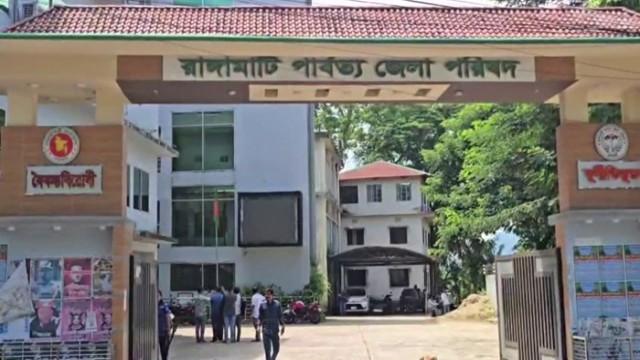
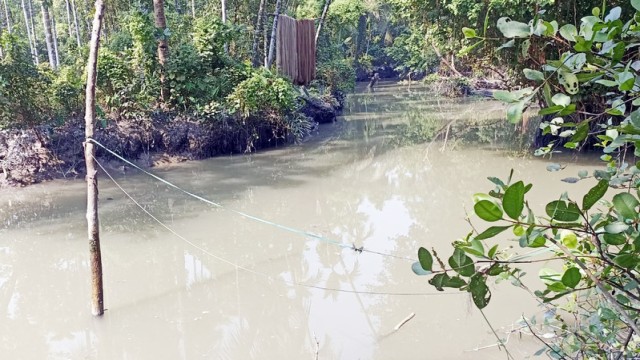
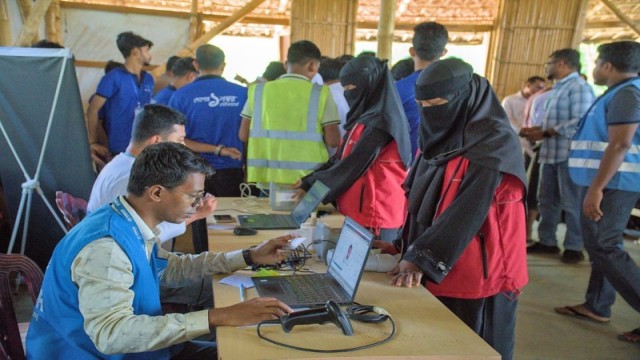





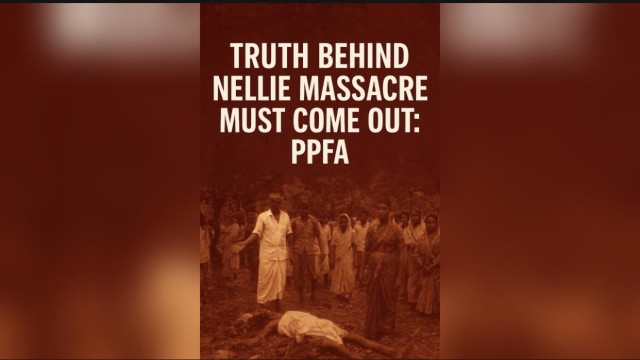

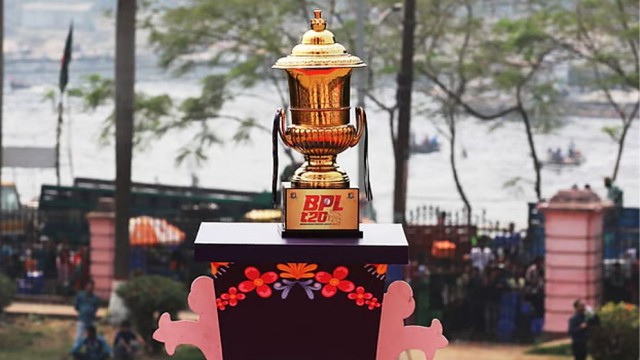
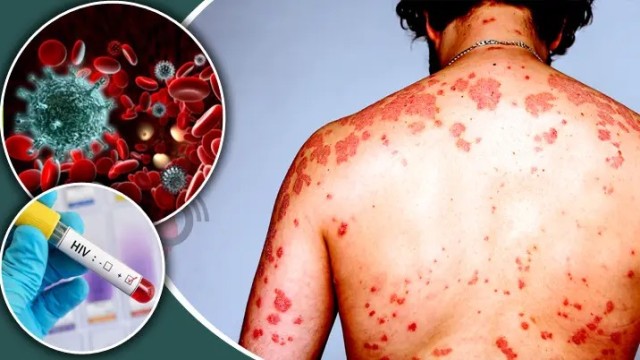


Comment: